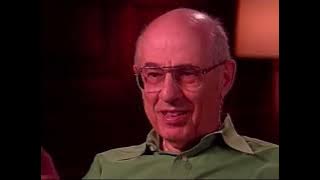Constituent (linguistics)
In syntactic analysis, a constituent is a word or a group of words that function as a single unit within a hierarchical structure. The constituent structure of sentences is identified using tests for constituents. These tests apply to a portion of a sentence, and the results provide evidence about the constituent structure of the sentence. Many constituents are phrases. A phrase is a sequence of one or more words (in some theories two or more) built around a head lexical item and working as a unit within a sentence. A word sequence is shown to be a phrase/constituent if it exhibits one or more of the behaviors discussed below. The analysis of constituent structure is associated mainly with phrase structure grammars, although dependency grammars also allow sentence structure to be broken down into constituent parts. (Wikipedia).




















